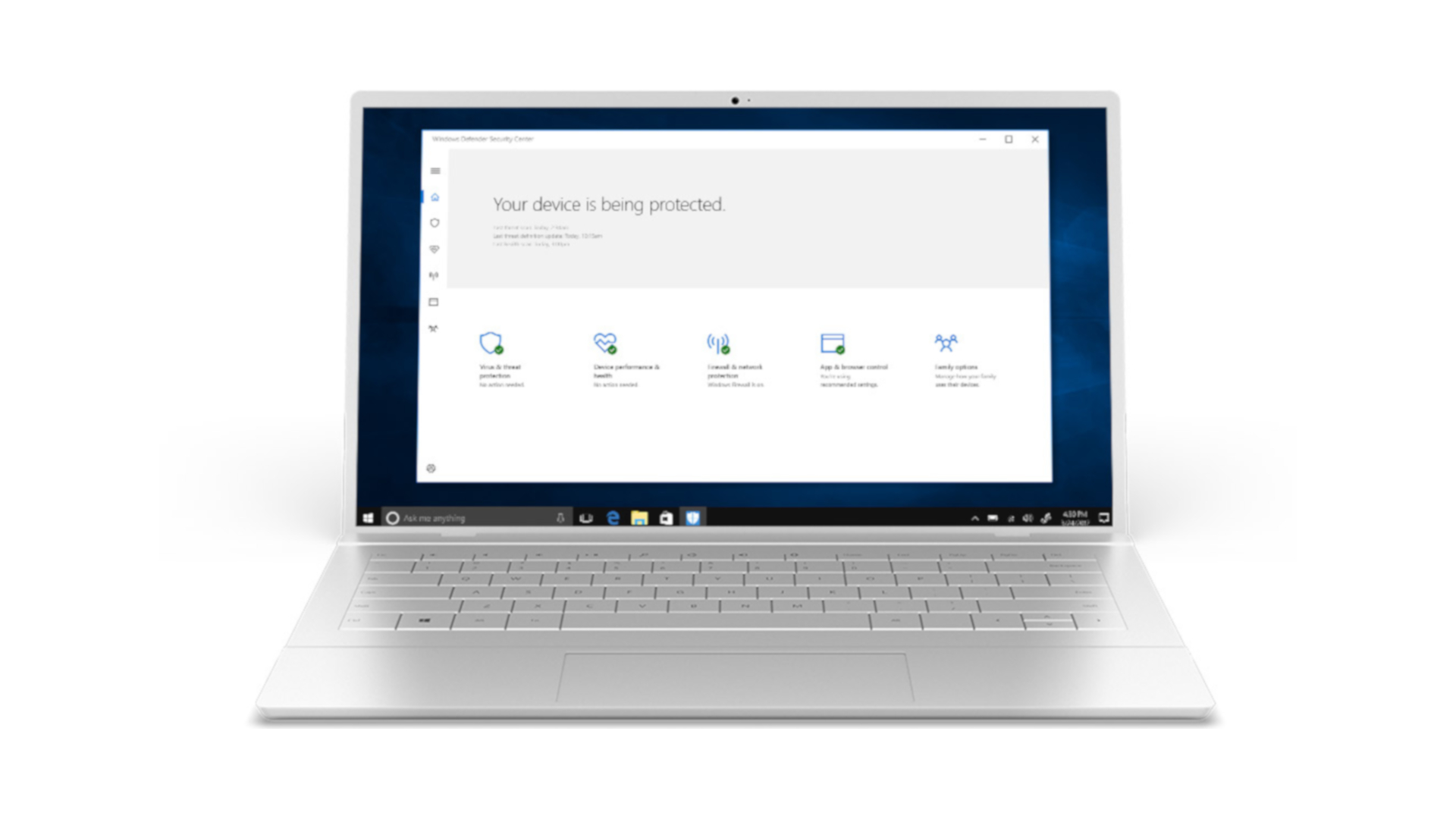Windows 10 May 2020 Update is bugging some users with false security warnings
Windows Defender is repeatedly warning about potentially unwanted apps that don’t exist

Windows 10 May 2020 Update is causing problems with Windows Defender, whereby Microsoft’s built-in antivirus solution is erroneously and repeatedly flagging up potentially dodgy apps which aren’t actually on the PC at all (having been previously removed).
As of the new May 2020 Update, Windows 10 by default now identifies ‘potentially unwanted applications’ (PUAs, also known as PUPs – ‘potentially unwanted programs’), and deals with them, which is all well and good in theory. However, the problem is that when you run a scan with Windows Defender, it’s continually picking up on PUAs which have already been dealt with.
- Is Windows Defender good enough for your PC?
- This is what Microsoft has killed off with the May 2020 Update
- We solve 100 common Windows 10 problems
So on every single scan, users are reporting that they’re getting the same (now non-existent) threats flagged up over and over.
As detailed in the complaints which have appeared on Microsoft’s Answers.com support forum (as spotted by Windows Latest), what’s happening is that Windows Defender is detecting items in its scan history (previously detected PUAs) as if they were actual PUAs.
And because this is happening over and over, with every scan, it’s obviously quite irritating behavior (not to mention a potentially worrying state of affairs to see what might be a whole list of unwanted apps continually detected that the user thought had been removed).
It’s not clear if Microsoft is aware of this problem yet, but presumably if the software giant is, it’ll hopefully be working on a solution.
Workaround details
Fortunately, there’s a workaround detailed by Glen Prouty on Answers.com, which is as follows:
Get daily insight, inspiration and deals in your inbox
Sign up for breaking news, reviews, opinion, top tech deals, and more.
- Right-click on the Start button and open up File Explorer
- Navigate to the following directory: C:\Program Data\Microsoft\Windows Defender\Scans\History\Service
- Note that if you can’t see the Program Data folder in the File Explorer window, you need to click on the View tab at the top of the window, and tick the box that says ‘Hidden Items’ – in order to show this hidden folder
- Open all of the folders in that Service directory to locate any references to the PUA(s) causing problems and delete them
Now reboot Windows 10, and the next time you run a scan with Windows Defender, you should (hopefully) find it doesn’t misreport these PUAs as still being present.
Meantime, we await a better solution from Microsoft, as the problem with this workaround is that if new PUAs are encountered in the future, you may have to go through the above process again to ensure they aren’t repeatedly flagged up. Make sure you check out our guide on how to fix common Windows 10 May 2020 Update problems for more advice if your PC is misbehaving.
- These are the best laptops of 2020
Darren is a freelancer writing news and features for TechRadar (and occasionally T3) across a broad range of computing topics including CPUs, GPUs, various other hardware, VPNs, antivirus and more. He has written about tech for the best part of three decades, and writes books in his spare time (his debut novel - 'I Know What You Did Last Supper' - was published by Hachette UK in 2013).